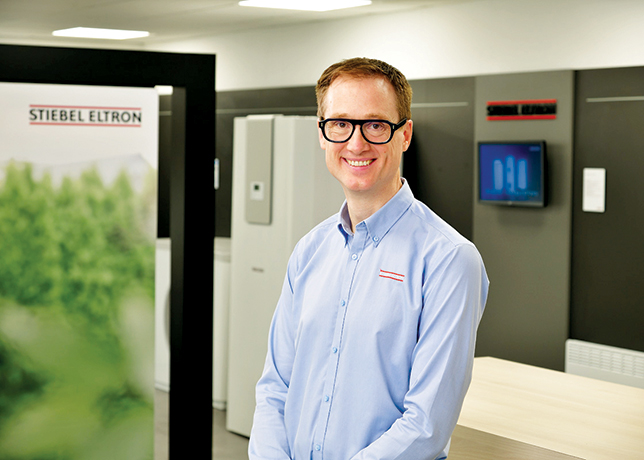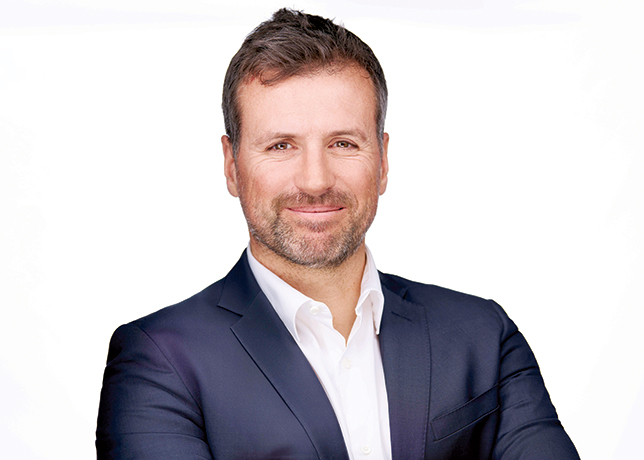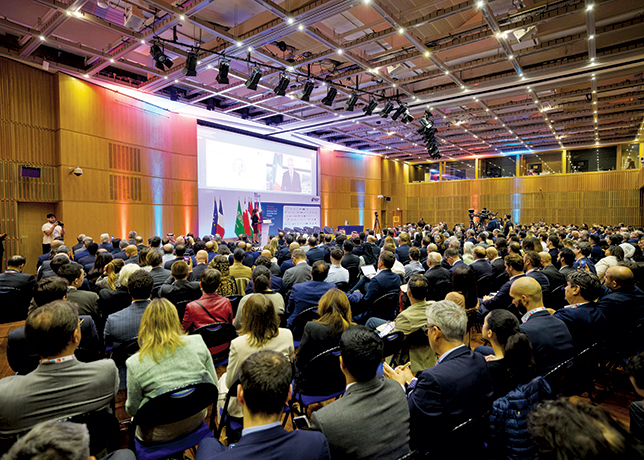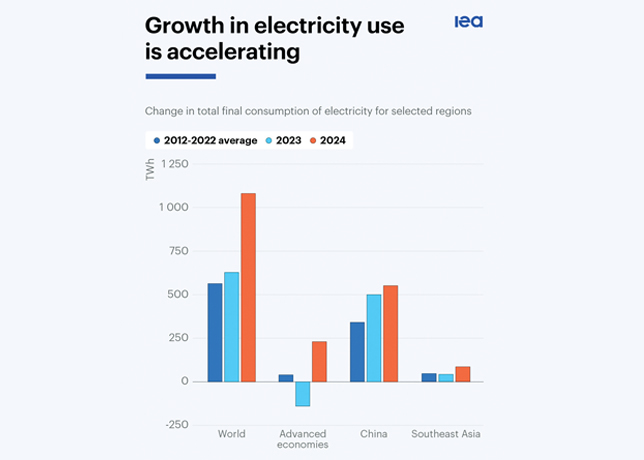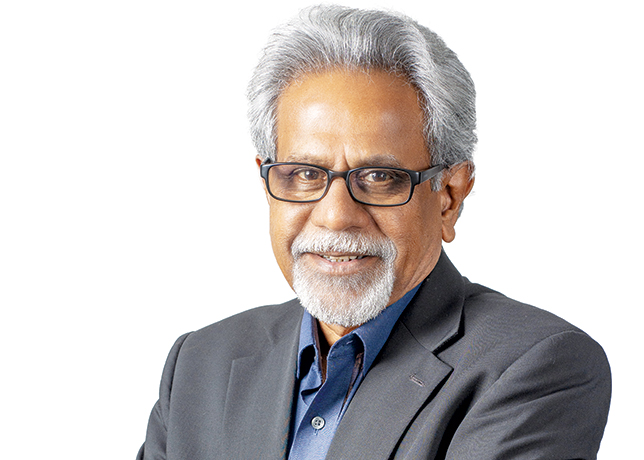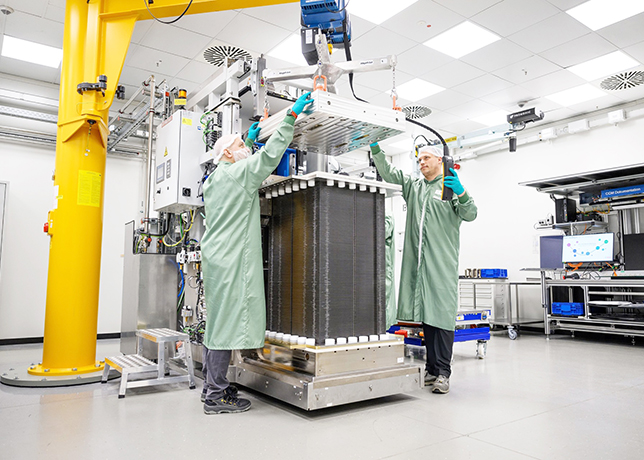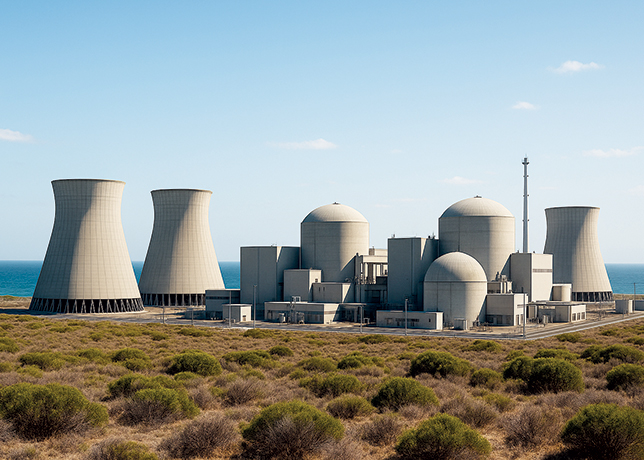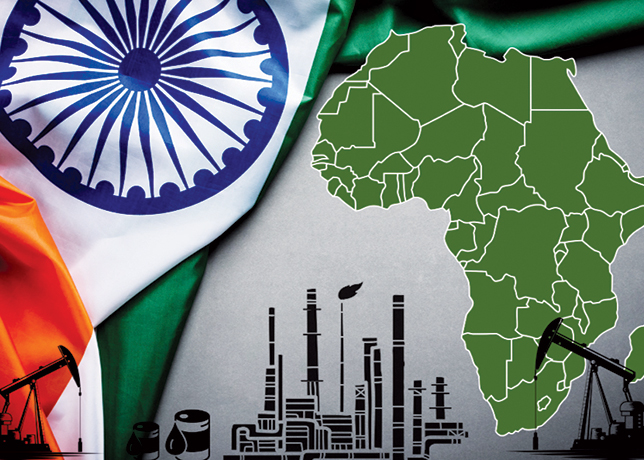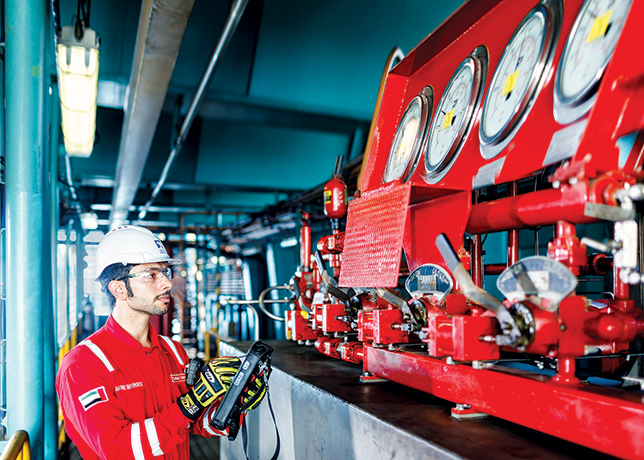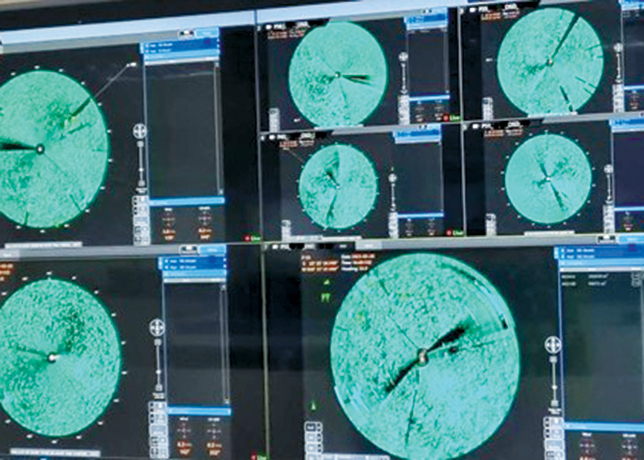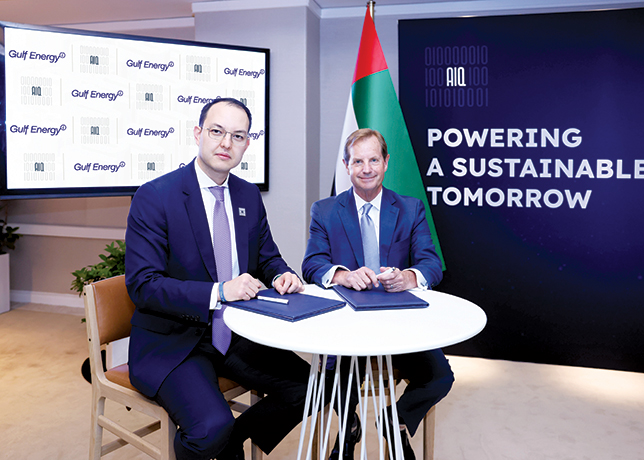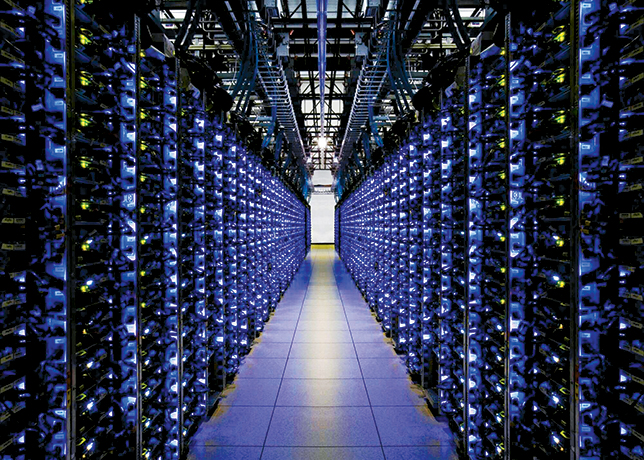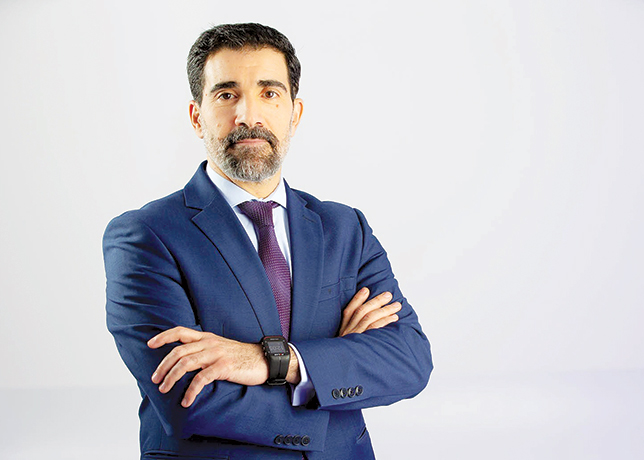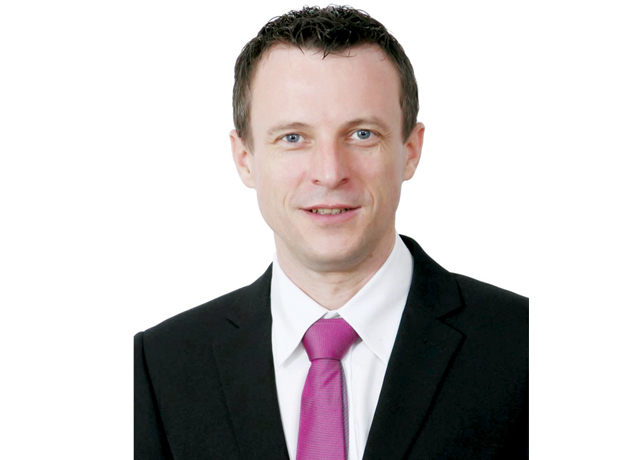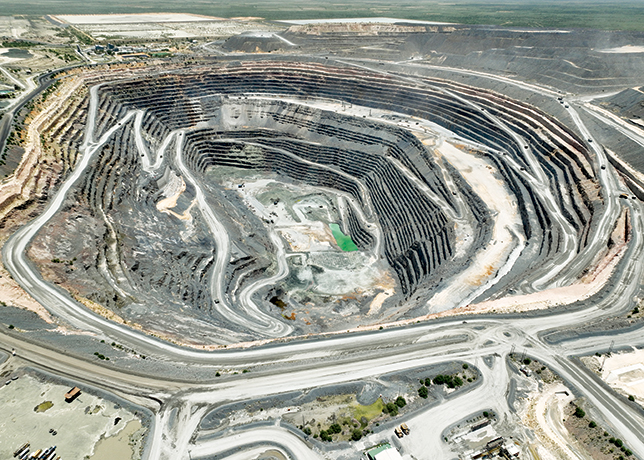 Image: dongfang/ Shutterstock
Image: dongfang/ Shutterstock
Europe's ageing power grid and lack of energy storage capacity will require trillions of dollars in investments to cope with rising green energy output, increasing electricity demand and to avoid blackouts.
A week ago, Spain and Portugal lost power in their worst blackout. Authorities are investigating the cause, but whatever the findings, analysts and industry representatives say infrastructure investment is essential, says a Reuters report.
"The blackout was a wake-up call. It showed that the need to modernise and reinforce Europe’s electricity grid is urgent and unavoidable," Kristina Ruby, secretary general at Eurelectric, Europe's electricity industry association, said.
The European Union's power grid mostly dates back to the last century and half the lines are over 40 years old. Rising low-carbon energy production and booming demand from data centres and electric vehicles require an overhaul of the grids that also need digital protection to withstand cyber attacks.
While global investment in renewables has nearly doubled since 2010, investment in grids has barely changed at around $300 billion a year. The amount needs to double by 2030 to over $600 billion a year to cover the necessary overhauls, according to the International Energy Agency.
Spain has asked its own investigators and European Union regulators to investigate last Monday's outage.
While the underlying issues have yet to become clear, grid operator Red ElectricaREDE.MC said two separate incidents had triggered the massive power loss.
It follows an acceleration in renewable energy use, especially in Spain, after Russia's invasion invasion of Ukraine in February 2022 and the resulting disruption of oil and gas supplies focused EU efforts on reducing dependence on fossil fuel.
The share of renewables rose to 47% in the EU's power mix last year from 34% in 2019, while fossil fuels dropped to 29% from 39%, data from think tank Ember showed.
Spain plans to phase out coal and nuclear power. Renewable generation hit a record high at 56% of Spain's power mix in 2024.
Wind and solar projects are relatively quick to build compared with grids, which can take more than a decade.
Part of the problem is the huge sums and complexity of improving a grid over a large distance.
The European Commission has estimated Europe needs to invest $2.0-2.3 trillion in grids by 2050.
Last year, European firms invested 80 billion euros ($90.5 billion) in grids, up from 50-70 billion in previous years, analysts at Bruegel said while adding investments may need to rise to 100 billion.
INTER-STATE CONNECTIONS
Spain and Portugal's power systems are among those in Europe that lack connections to other grids that can provide back up.
Spain needs more links to France and Morocco, said José Luis Domínguez-García from Spain's energy research centre IREC in Catalunya.
Spain has only 5% of connections outside the Iberian Peninsula, he added.
As some other countries also lag, the European Commission has a target to increase interconnection to 15% by 2030, from a previous goal of 10%, meaning each EU member country should be able to import at least 15% of its power production capacity from neighbouring countries.
Spain will reinforce connections with France, including a new link via the Bay of Biscay that will double the interconnection capacity between the two countries, Spain's grid Red Electrica said on Tuesday. - Reuters



